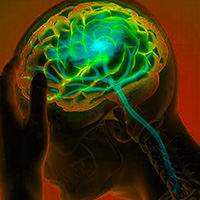Ischemic stroke in a patient with interatrial block: Is it only a coincidence or a clear relationship?

All claims expressed in this article are solely those of the authors and do not necessarily represent those of their affiliated organizations, or those of the publisher, the editors and the reviewers. Any product that may be evaluated in this article or claim that may be made by its manufacturer is not guaranteed or endorsed by the publisher.
Authors
Atrial fibrillation (AF) can be detected in nearly 25% of all patients with stroke by sequentially combining different electrocardiographic methods. Prediction of early cardio-embolic stroke remain a permanent challenge in everyday practice. The early identification of an increased risk for atrial fibrillation episodes (which are frequently asymptomatic) is essential for the prevention of cardioembolic events. One of the noninvasive modalities of atrial fibrillation prediction is represented by the electrocardiographic P-wave analysis. This includes study and diagnosis of interatrial conduction block. Our short case report presents a case with ischemic cortico-sottocortical stroke involving capsulo and caudo regions in a woman patient with interatrial block as realized by electrocardiographic P analysis.
How to Cite

This work is licensed under a Creative Commons Attribution-NonCommercial 4.0 International License.






